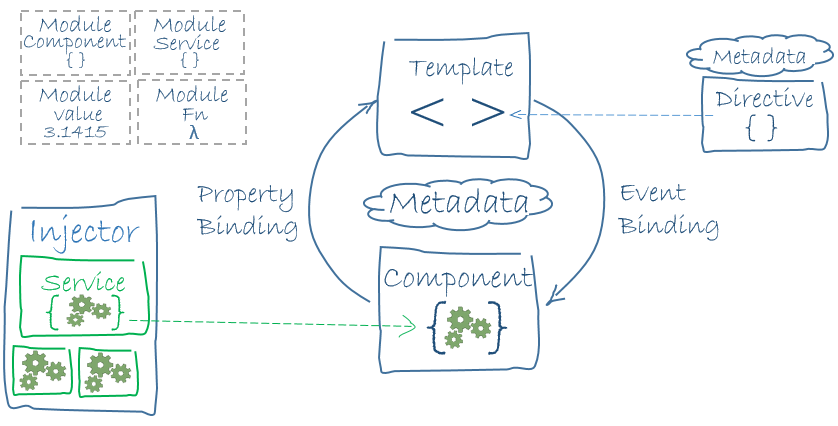The final release of Angular 2

On September 15, the final release of the second version of the popular Angular 2 single-page web application framework took place .

In the second version, Angular uses TypeScript as the main language, but also provides a version with Dart and ECMAScript6 .
The main components of Angular:
')
- Modules - Angular applications have a modular structure;
- Components - control the display of data in the application;
- Templates - templates for displaying data (templates in Angular are similar to plain HTML, but have syntactic “sugar” to link to components);
- Metadata (Metadata) - to describe the behavior of components and classes;
- Data binding is a convenient way to organize the interaction of templates and components;
- Directives (Directives) - components to extend the capabilities of the template engine;
- Services (Services) - any components for the operation of the logic of your application;
- Dependency injection (Dependency injection) - a simple way to provide component instances with external dependencies;
- Router (Router) - component to provide navigation through the application;
- Forms (Forms) - a component for working with user input;
- Animation (Animations) - components for animating the user interface;
- And much more...

Angular 2 supports the following browsers:
- Chrome
- Firefox;
- Edge> 13;
- IE> 9;
- Safari> 7;
- iOS> 7;
- Android> 4.1;
- IE mobile> 11.
It also has the ability to develop desktop applications with access to the native operating system API.
For ease of development, testing and deployment of applications, you can use Angular CLI , webpack , npm, SystemJS, Jasmine, Karma.
The framework includes an HTTP client and an in-memory API .
According to the team, support for AngularJS (1.x) will continue until most developers use it (today 1.3 million developers use Angular 1 and 480 thousand already use Angular 2).
Also, the developers have announced the imminent release of Angular 2 Material - a special version of the framework with material components.
Prior to this , the release of AngularJS 1.5 was released, designed to bridge the gap between AngularJS and Angular 2.
Get started in 5 minutes.
For those already familiar with AngularJS:
PS Well, is it time to rename the AngularJS hub to Angular?
Source: https://habr.com/ru/post/310142/
All Articles